Fundamental LC-MS
This learning path on fundamental LC-MS covers solvent selection, optimal flow rates, and vacuum system operation. It includes ionization techniques (ESI, APCI, and APPI), mass analyzers (quadrupole, ToF, orbitrap, magnetic sector, and ion trap), and key parameters for sensitivity and resolution. Practical strategies focus on method development, troubleshooting, and understanding LC-MS for accurate qualitative and quantitative analysis.
17 Modules
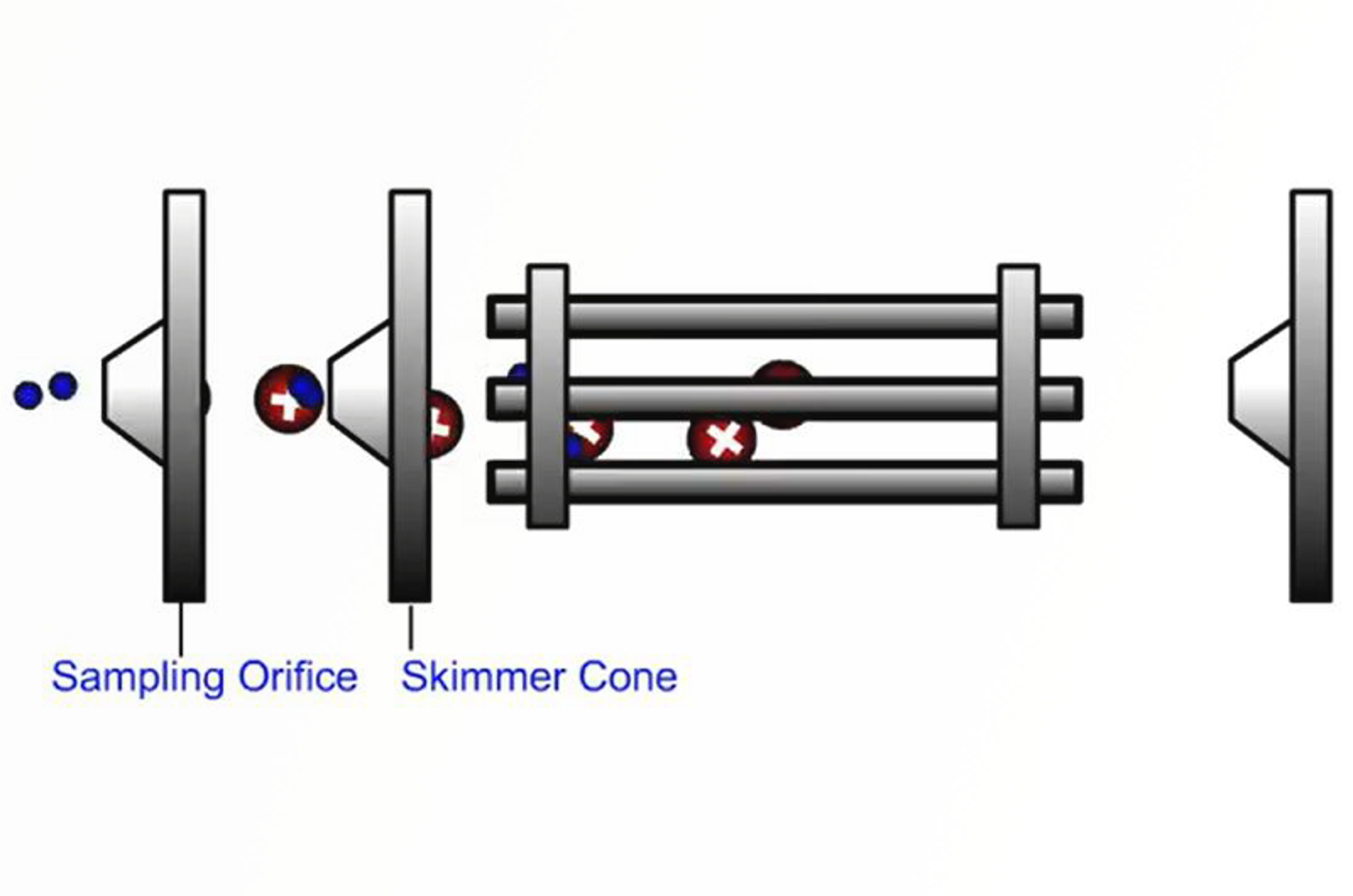
17 Items
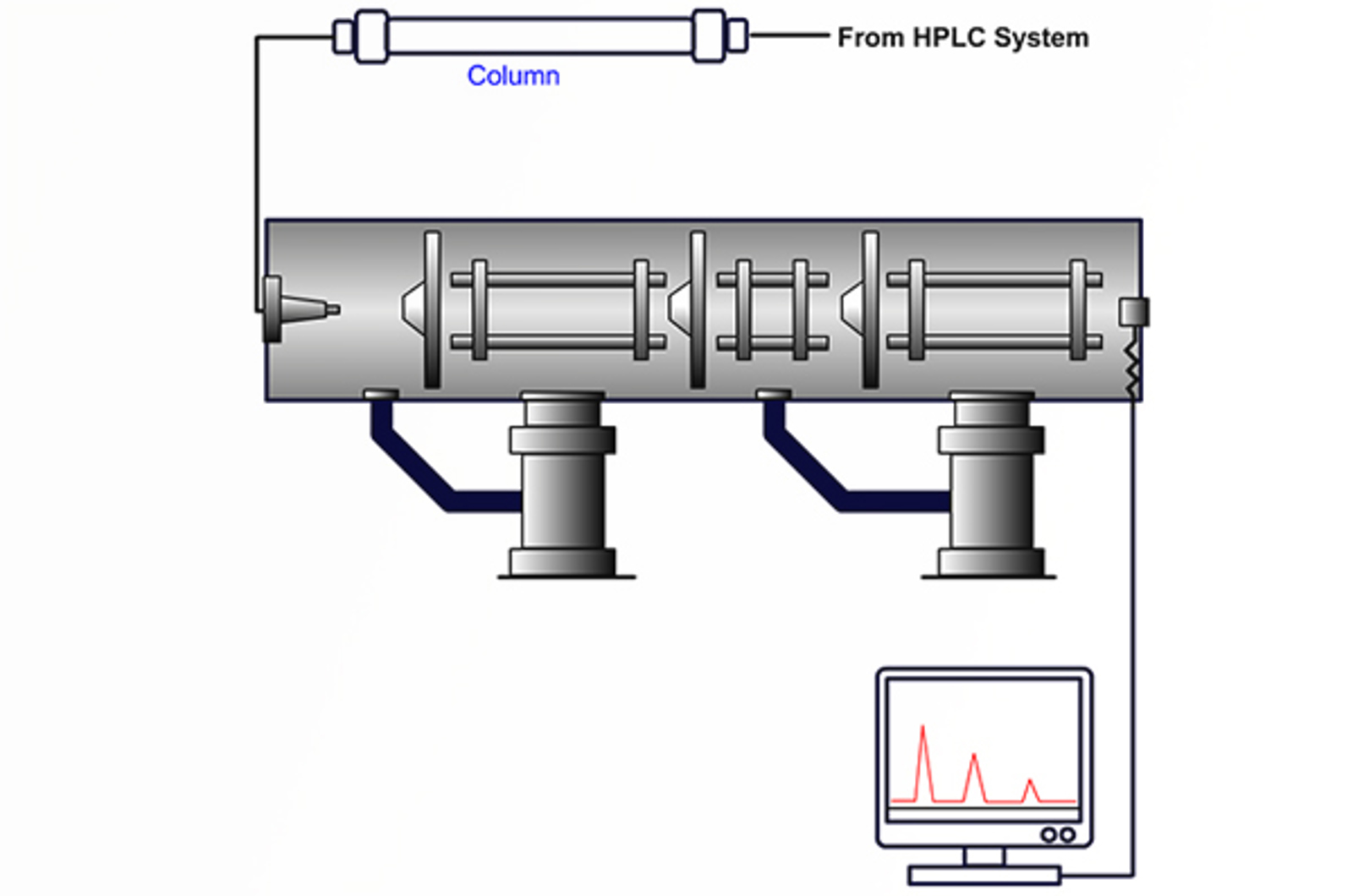
LC-MS Introduction
LC-MS is a hyphenated technique, which combines the separating power of high performance liquid chromatography (HPLC), with the detection power of mass spectrometry (MS). LC-MS covers a broad range of application areas. This module explores the instrument acquisition methods used and examines the type of data that can be produced from such systems.
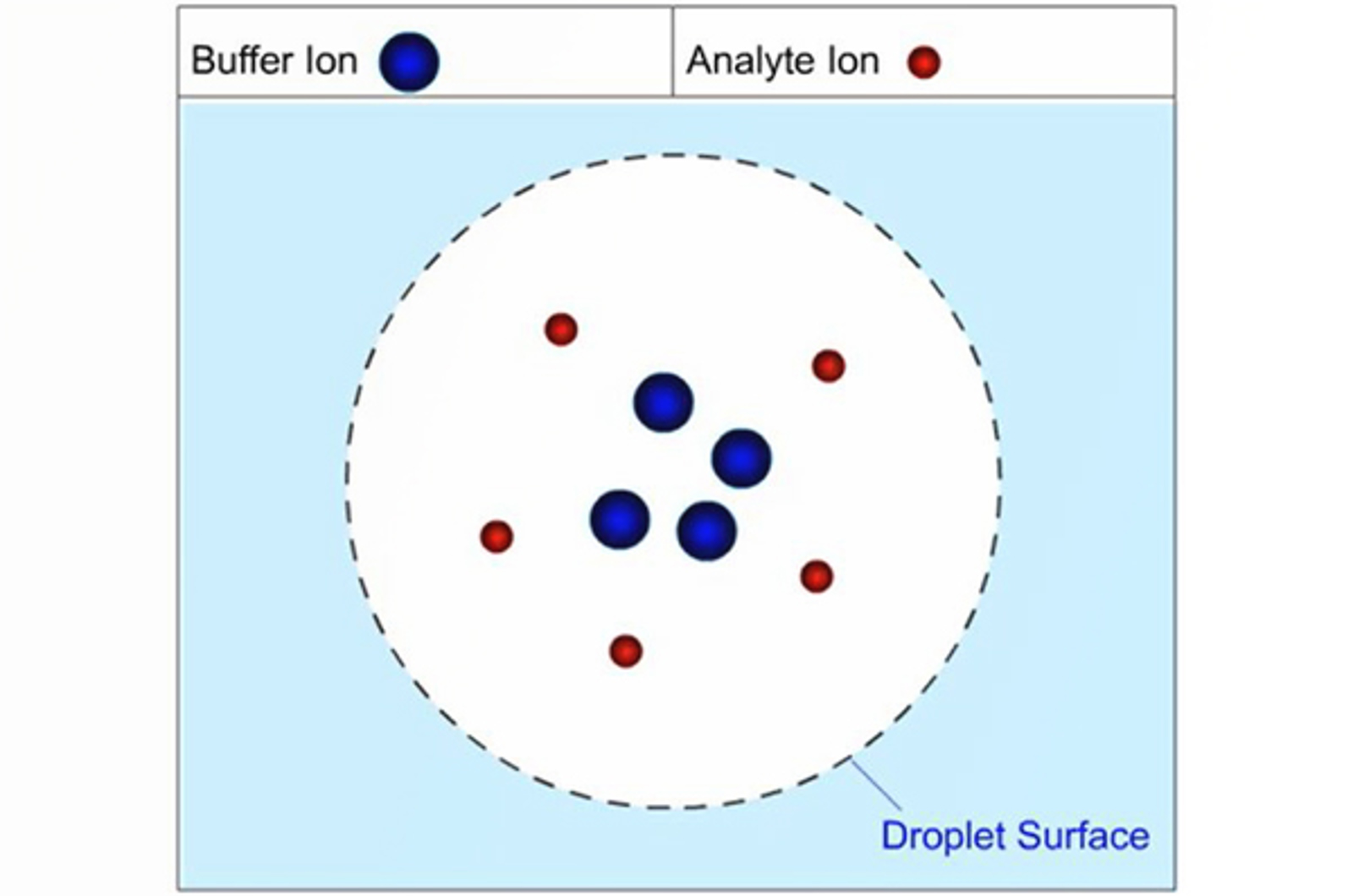
Solvents, Buffers, and Additives
In this module we will examine common additives used in LC-MS and explain the role of solvents, buffers and eluent pH in signal optimization.
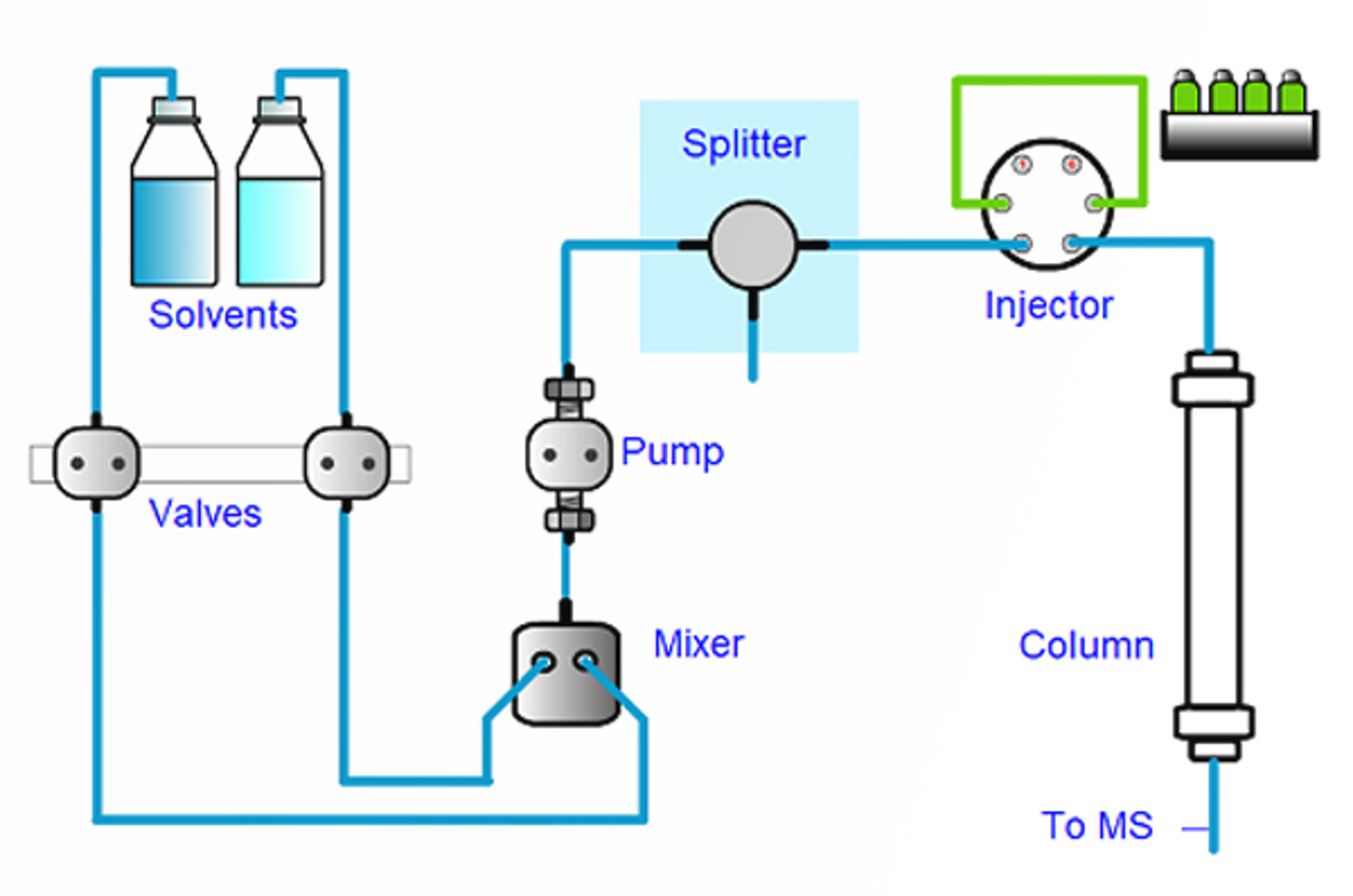
Flow Rates and Flow Splitting
This module discusses how flow rates can be altered, or flow splitting can be used, to allow the successful coupling of HPLC and MS detection.

Vacuum Systems
This module will discuss the different types of vacuum pumps available and explain the importance of vacuum in LC-MS.
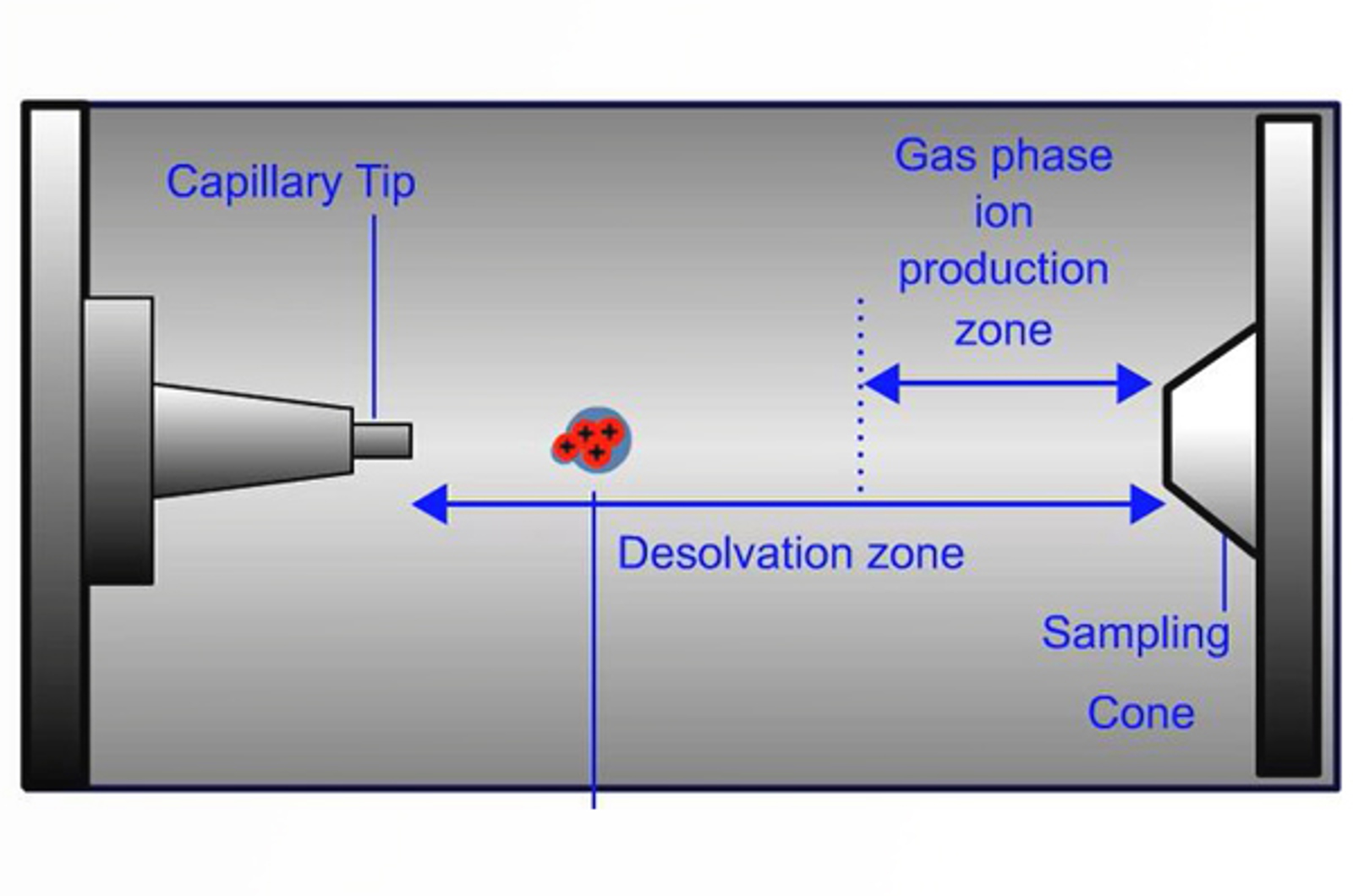
Electrospray Ionization (ESI) Theory
Electrospray is the dispersion of a liquid into electrically charged droplets, combining the two processes of droplet formation and droplet charging. The process of droplet charging is affected by eluent flow rate, liquid surface tension, and electrolyte concentration. This module explains the function of the major components of an electrospray interface and discusses ways to optimize signal using electrospray ionization.
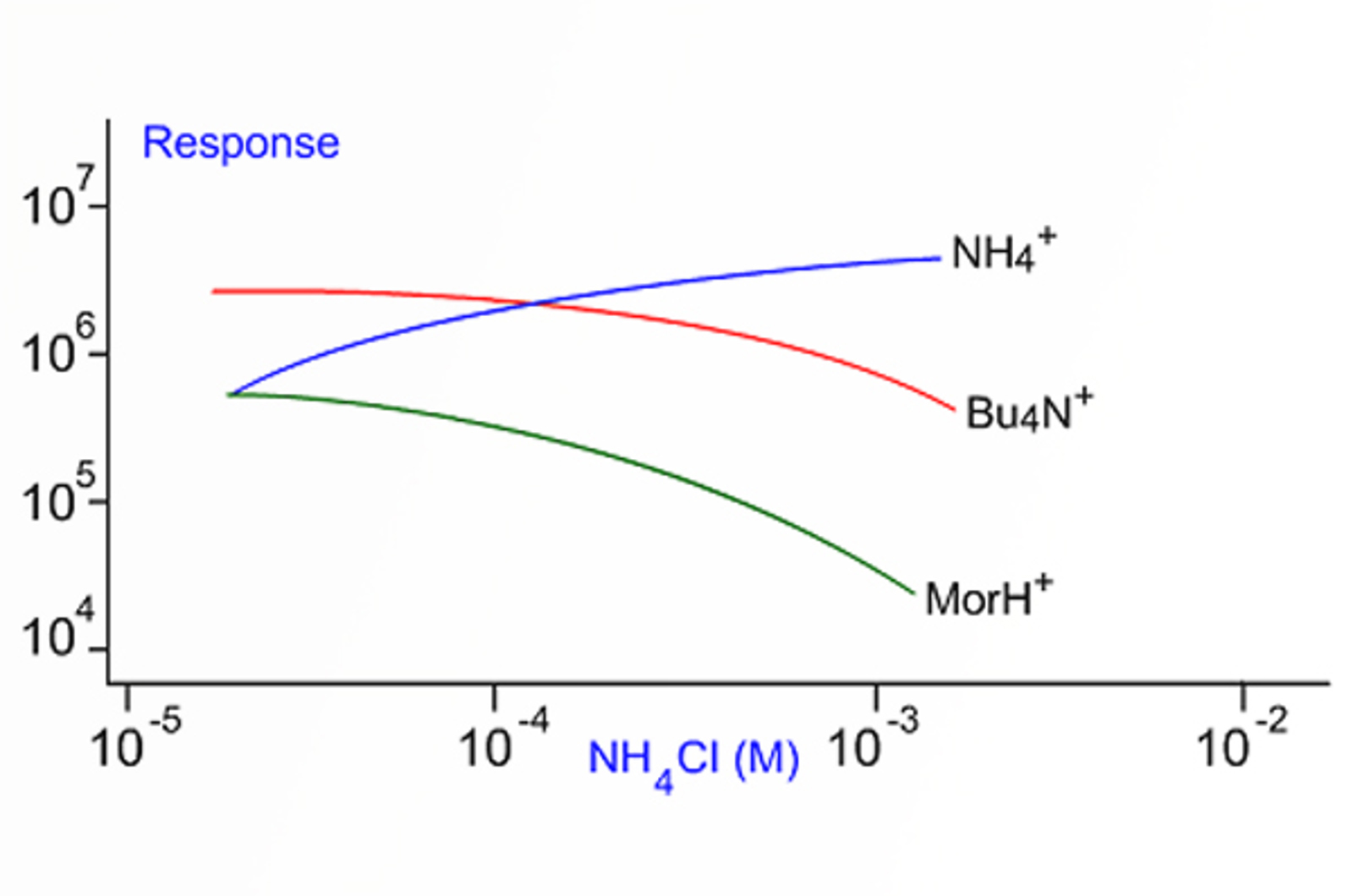
Electrospray Ionization (ESI) Technique
This module discusses important parameters when carrying out electrospray ionization (ESI). Find out practical tips for overcoming ion suppression, optimizing sprayer position, and the role pH plays in signal intensity.
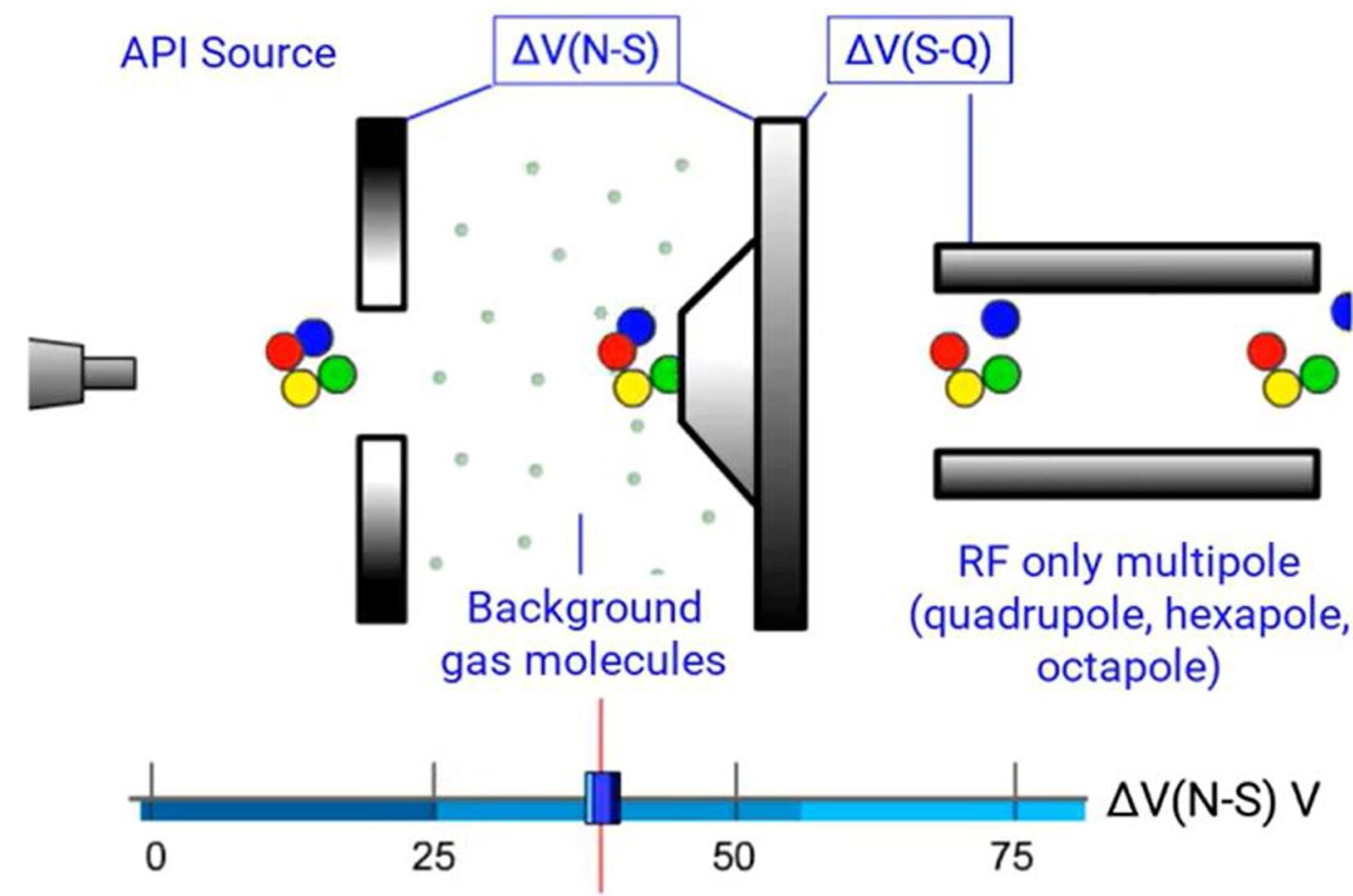
Electrospray Ionization Instrumentation
Electrospray is the dispersion of a liquid into electrically charged droplets, combining the two processes of droplet formation and droplet charging. This module discusses the major components of an electrospray interface and investigates methods for optimizing signal.
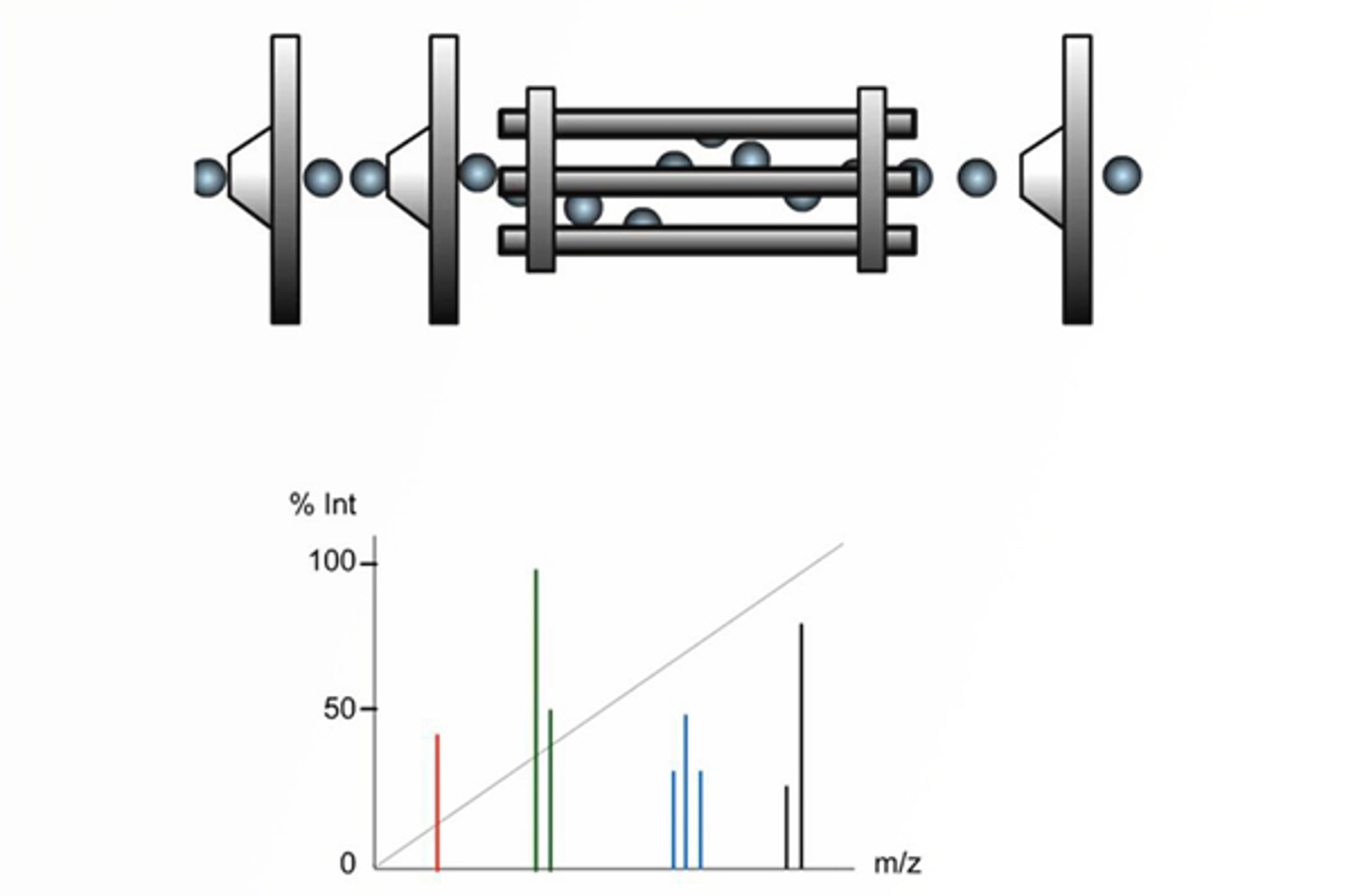
Introduction to Mass Analyzers
This module will introduce the commonly used mass analyzers for LC-MS.
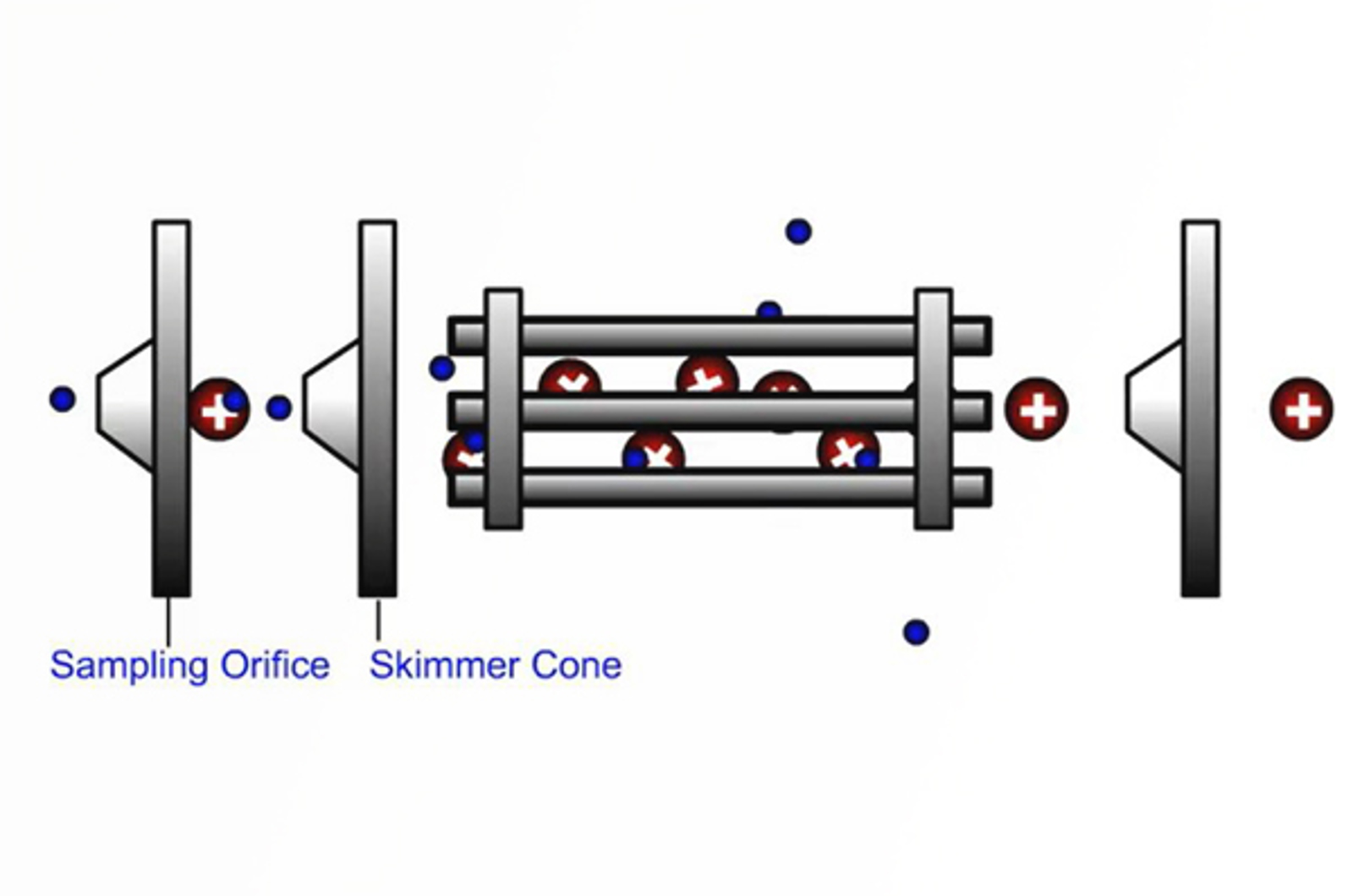
Quadrupole Mass Analyzers
In quadrupole mass analyzing devices, electric fields are used to separate ions according to their mass-to-charge ratio (m/z) as they pass along the central axis of four parallel equidistant rods (or poles) that have fixed (DC) and alternating (RF) voltages applied to them. This module will explain the theory and principles of quadrupole mass analyzers.
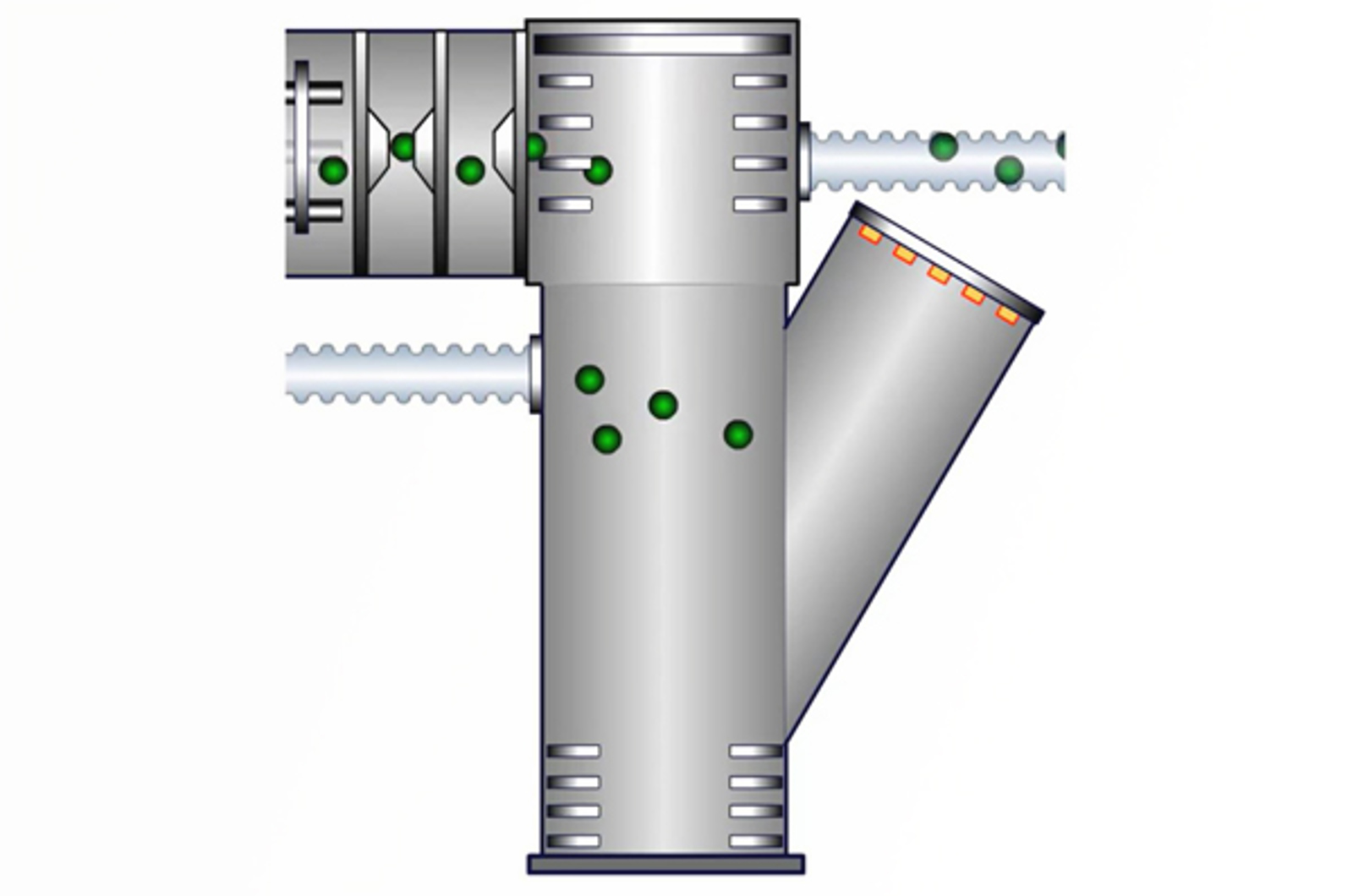
Time-of-Flight (ToF) Mass Analyzers
This module details the basic principles of mass analysis using time-of-flight (ToF) mass analyzers.
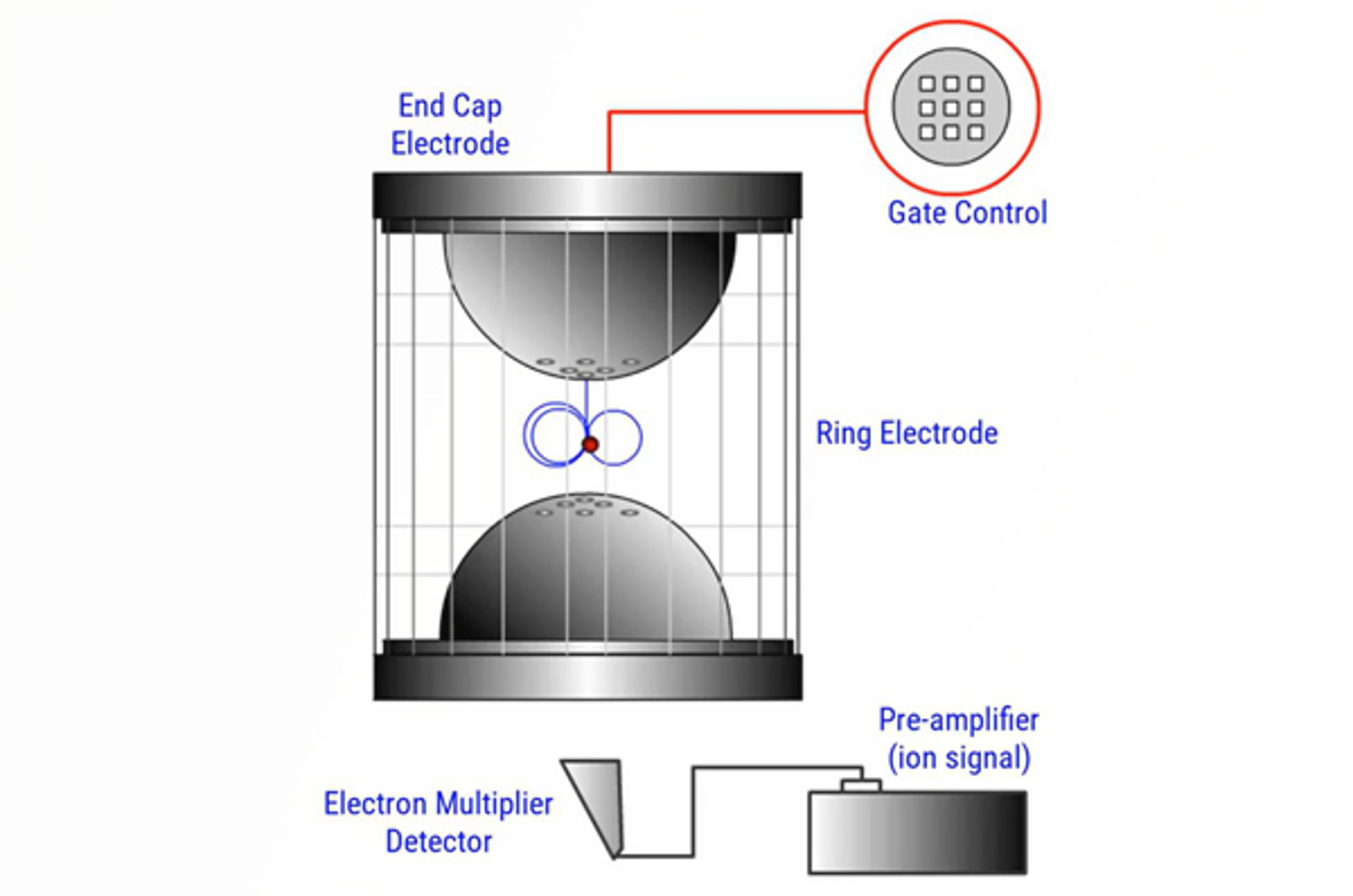
Ion Trap Mass Analyzers
Ion trap mass analyzers use oscillating electric fields (RF) to trap ions in a controlled manner. This module will explore the theory and principles of ion trap mass analyzers and their usefulness in qualitative analysis.
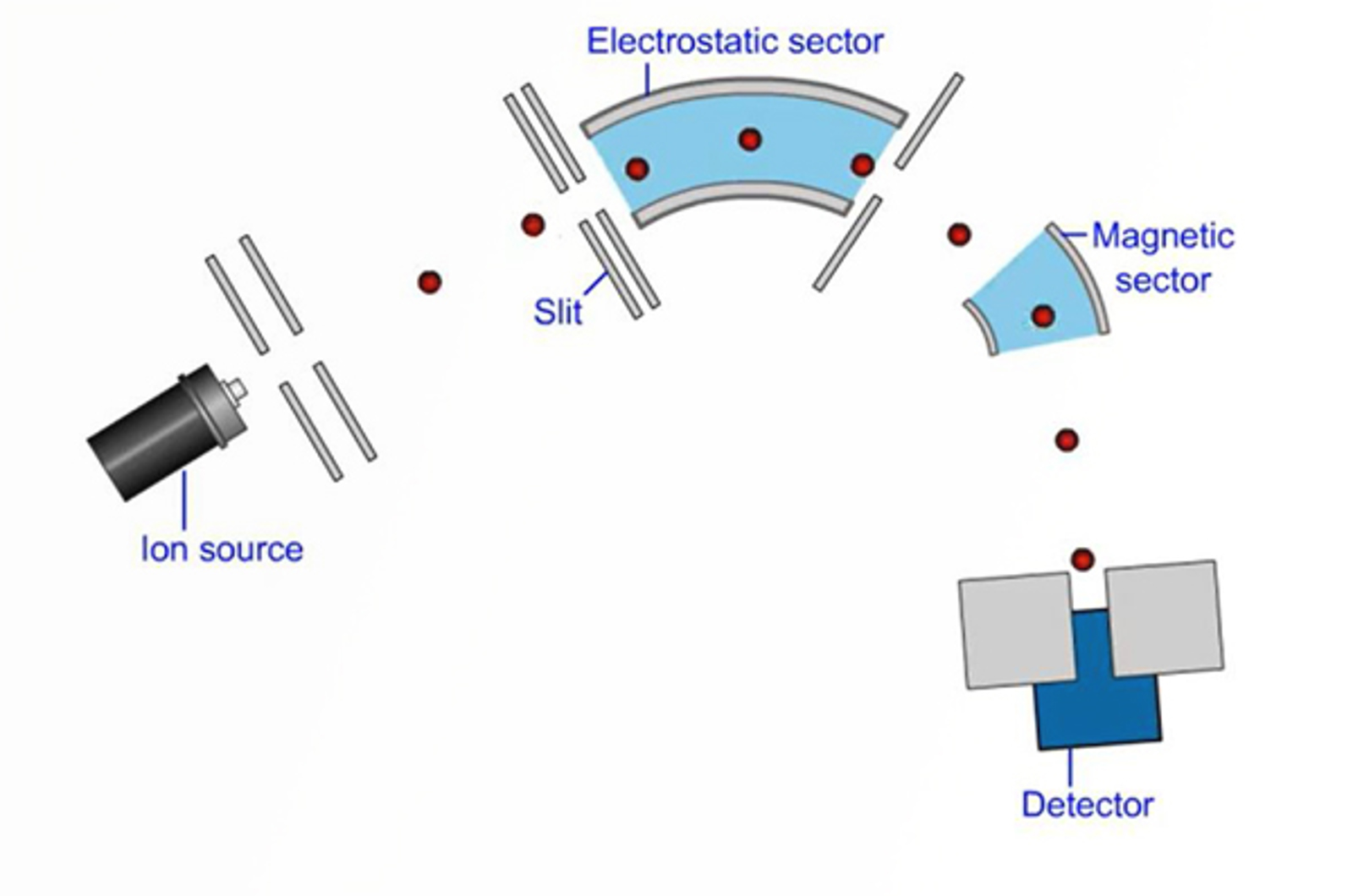
Magnetic Sector Mass Analyzers
This module will discuss the theory and practice of using magnetic sector mass analyzers. Magnet/electric sector instruments are employed for mass analysis using the principle that charged species can be deflected in magnetic and electric fields.
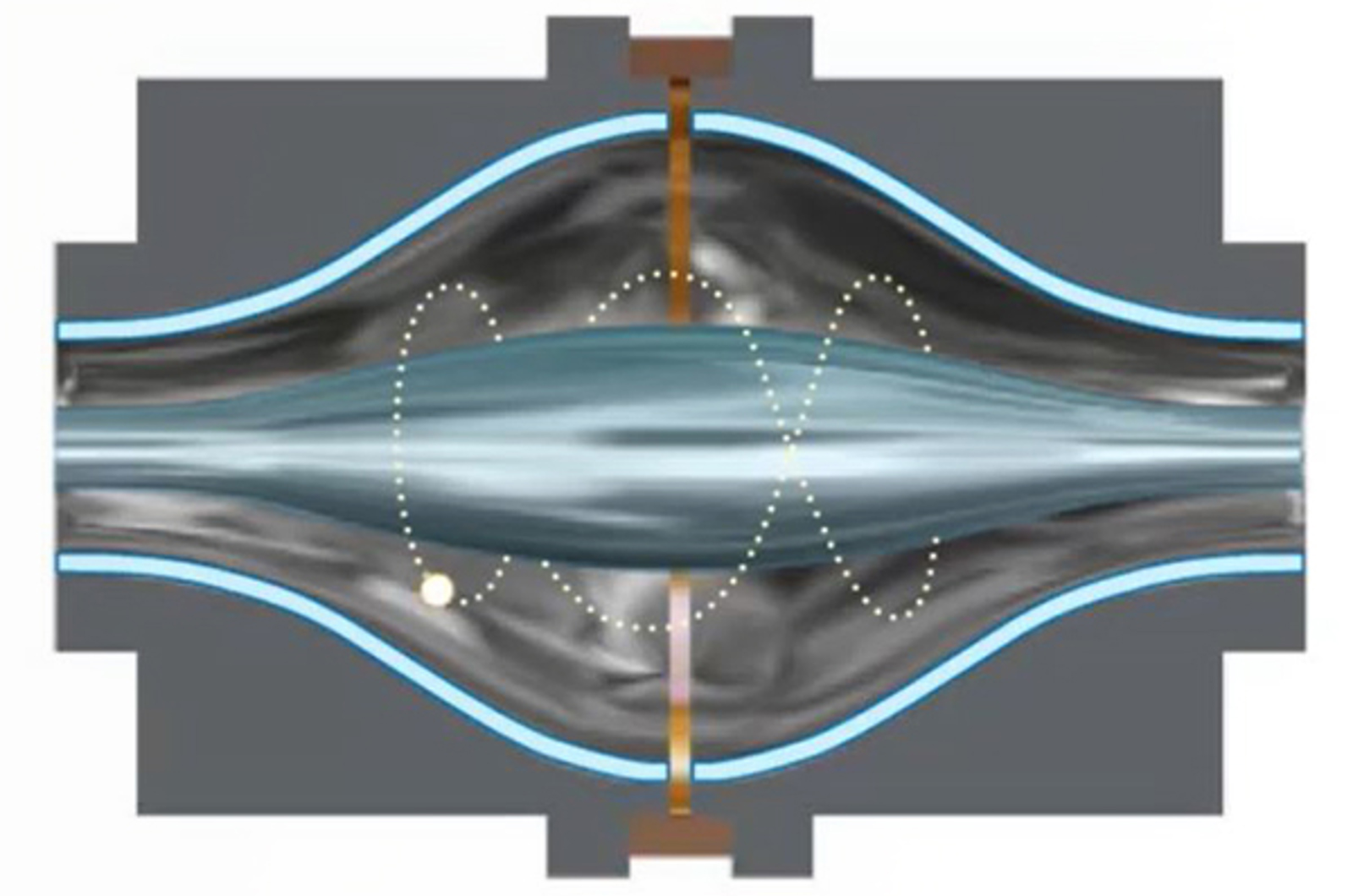
Orbitrap Mass Analyzers
Ion trapping techniques are important tools in mass spectrometry. However, traditional ion trap mass analyzers have disadvantages in either performance or high complexity and cost. This module will explore the theory and working principles of orbitrap mass analyzers.
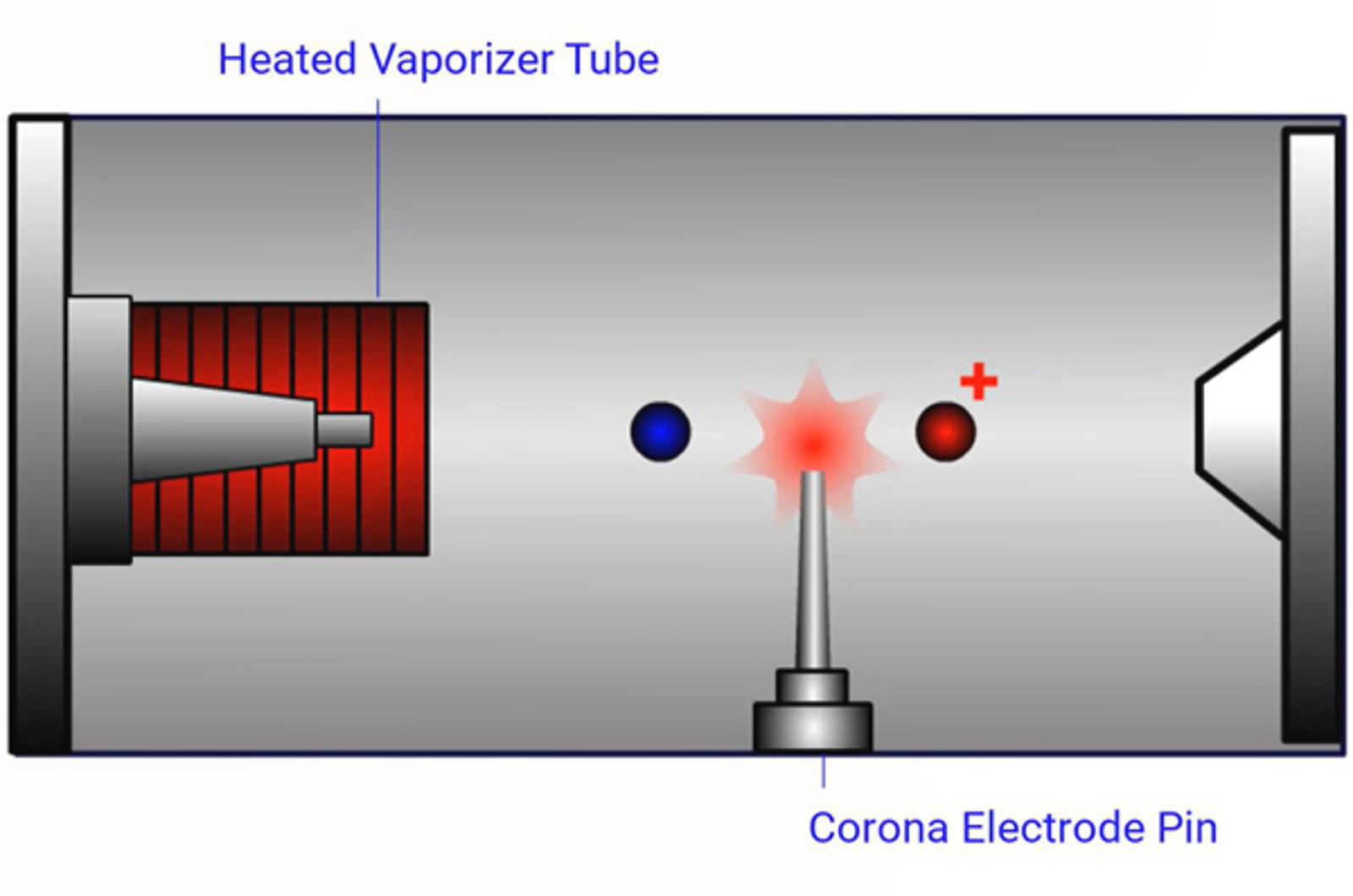
Atmospheric Pressure Chemical Ionization (APCI) Theory
This module introduces atmospheric pressure chemical ionization (APCI) concepts, explains the function of each component of the APCI interface, and investigates ways in which to optimize and troubleshoot the technique.
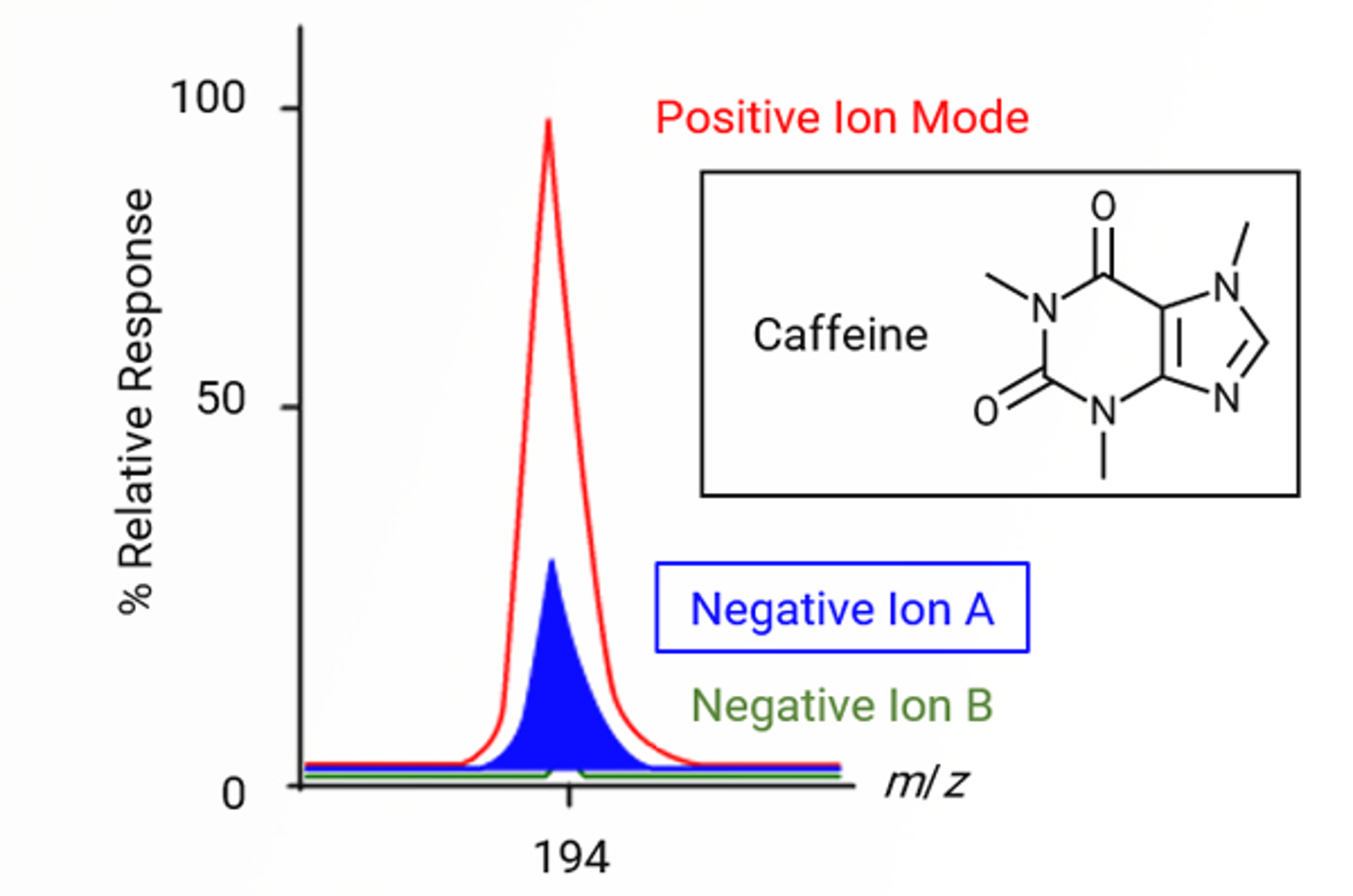
Atmospheric Pressure Chemical Ionization (APCI) Technique
This module explains the important parameters when using atmospheric pressure chemical ionization (APCI) and offers practical tips on source parameter optimization.

Atmospheric Pressure Photoionization (APPI) Theory
This module will discuss the theories of the ion production process in Atmospheric pressure photoionization (APPI). APPI is a complement to ESI and APCI and has been developed to broaden the range of ionizable analytes at atmospheric pressure.
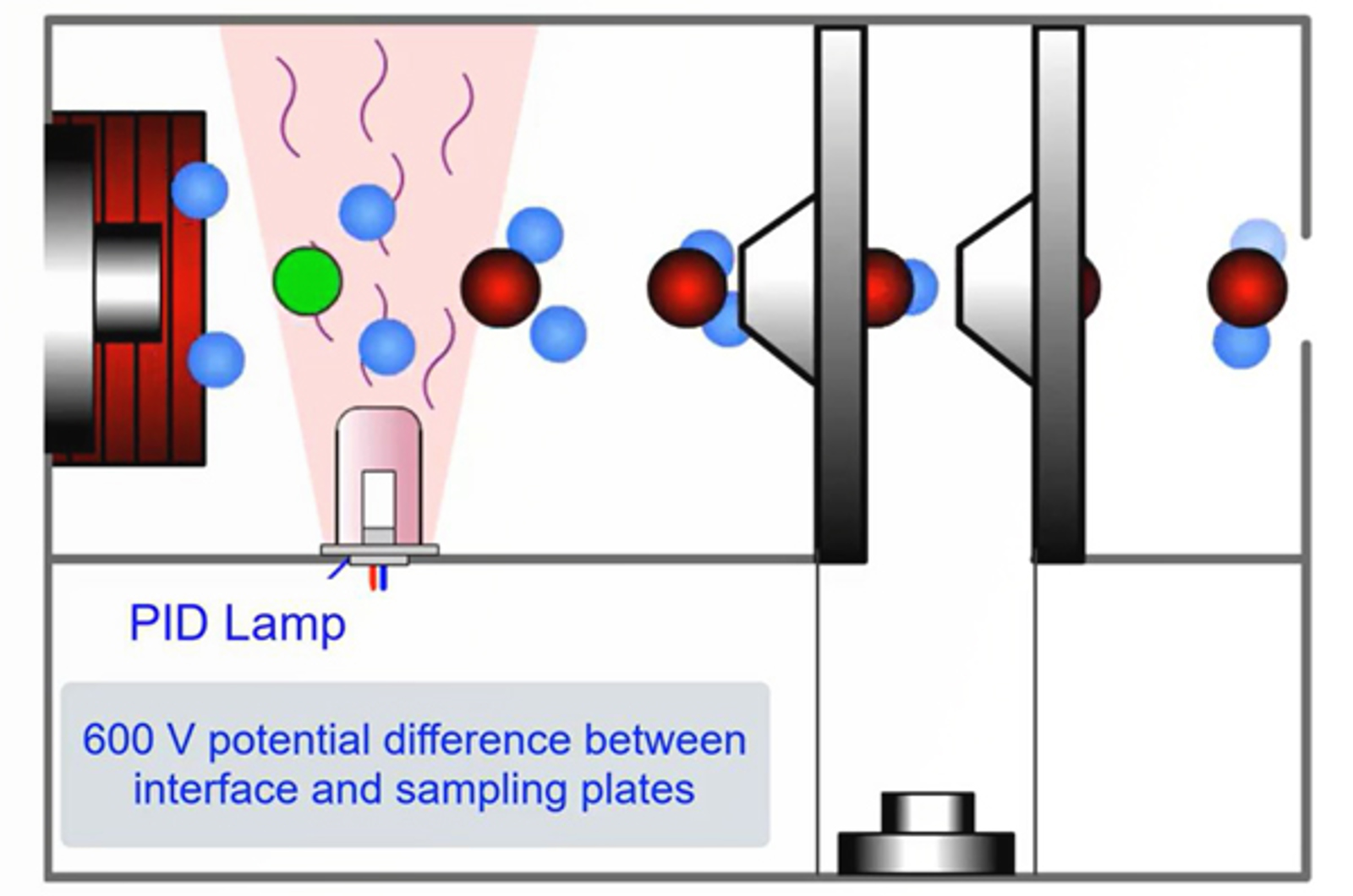
Atmospheric Pressure Photoionization (APPI) Technique
Atmospheric pressure photoionization (APPI) is a complement to ESI and APCI and has been developed to broaden the range of ionizable analytes at atmospheric pressure. In this module discover how to optimize experimental parameters when using APPI.
